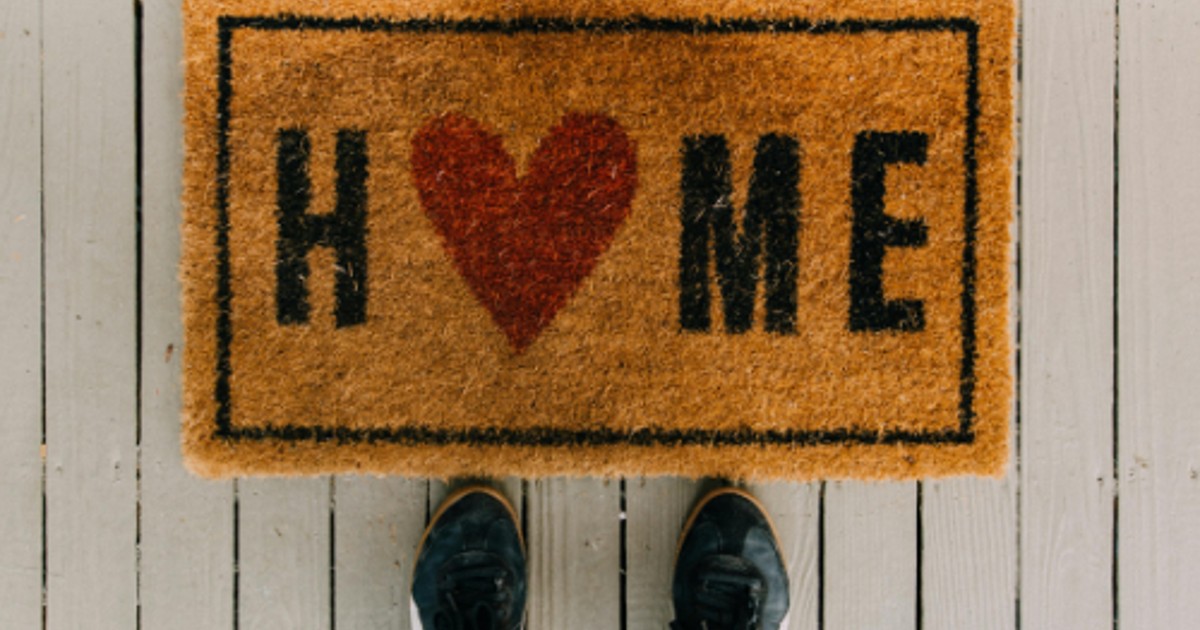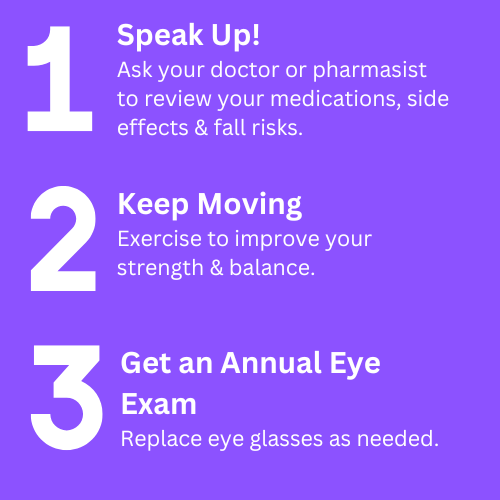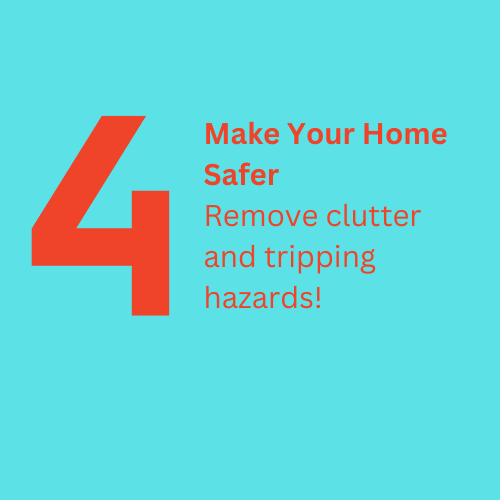
Maintaining balance becomes increasingly important as we age to prevent falls – which can have serious consequences for seniors. According to the Centers for Disease Control (CDC), falls are the leading cause of fatal and non-fatal injuries among older adults – among adults 65 and older, falls were responsible for over 38,000 deaths and over 3 million emergency center visits in 2021!
Several factors are key to improving your fall risk including:


Many fall hazards can be found and addressed within the home environment. In this guide, we’ll explore how to identify and fix fall hazards in your home.
Identifying Fall Hazards in Your Home
Before addressing fall hazards in your home, it’s essential to identify potential risk factors. Some common fall hazards for seniors include:
Fixing Fall Hazards in Your Home
Once you’ve identified potential fall hazards, it’s time to take action to mitigate these risks. Here are some tips for fixing fall hazards in your home:
For a comprehensive guide on what to look out for, a printable fall prevention checklist is available here from the CDC. If you are looking for help, our team at Group Otago are experts at home assessments and would love to help you identify any risks in your home as well as recommendations on how to find vetted contractors to make any updates that will reduce your fall risk.
By identifying and addressing fall hazards in your home, and incorporating balance training and exercises like Group Otago into your routine, you can significantly reduce your risk of falls and maintain your independence as you age. Whether you prefer practicing balance exercises at home or attending fun group classes with other older adults, prioritizing your safety and well-being is key to living a healthy and active lifestyle.
Take proactive steps today to create a safer and more supportive environment for yourself and enjoy the benefits of improved balance and mobility for years to come.